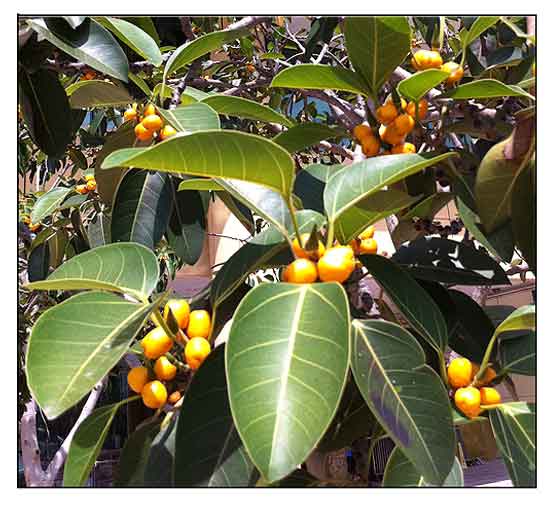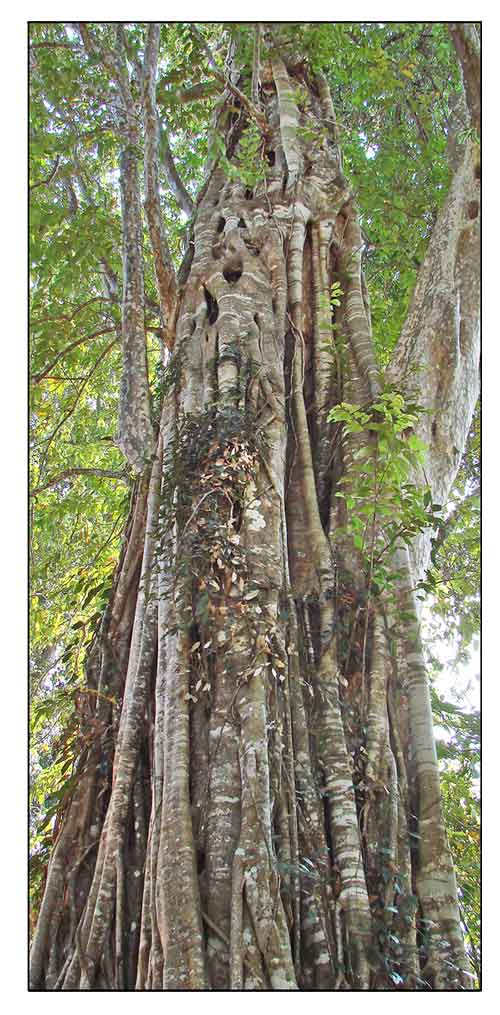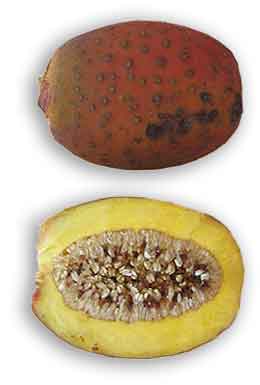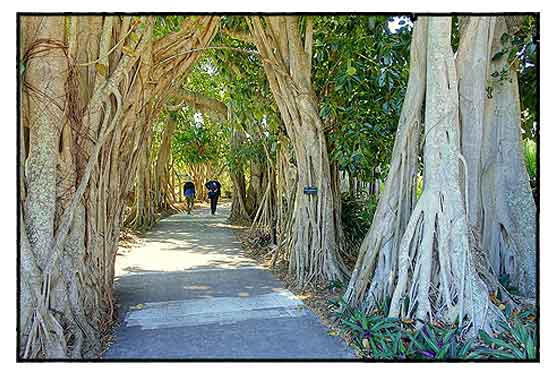
Family • Moraceae
Nonok
Balete
Ficus altissima Blume
COUNCIL TREE / FALSE BANYAN
Gao shan rong
| Scientific names | Common names |
| Ficus altissima Blume | Balete (Tagalog) |
| Ficus altissima var. laccifera (Roxb.) Prain | Nonok (Bis.) |
| Ficus altissima f. laccifera (Roxb.) King | Council tree (Engl.) |
| Ficus lacifera Roxb. | False banyan (Engl.) |
| Ficus latifolia Oken | Lofty fig (Engl.) |
| Urostigma altissimum (Blume) Miq. | |
| Urostigma lacciferum (Roxb.) Miq. | |
| Balete as common name is shared by many Ficus species in the Philippines. | |
| Ficus altissima Blume is an accepted species. KEW: Plants of the World Online | |
| Other vernacular names |
| ASSAMESE: Atha-dimoru, Dhop, Dhup, Dhop-bor, Gadgubar, Gadhu-bor, Mon dimaru. |
| CHINA: Gao shan rong. |
| INDONESIA: Waringin daun besar, Waringin cempedak. |
| MEGHALAYA: Dhop. |
| MYANMAR: Nyaung moat seit. |
| THAILAND: Kraang, Sai thong, Lung. |
| VIETNAM: Da tia, Da rat cao. |
Botany Ficus altissima is a tree, 25-30 m tall, d.b.h. 40-90 cm. Bark gray, smooth. Branchlets green, ca. 1 cm thick, pubescent. Stipules 2-3 cm, thickly leathery, with gray silky hairs. Petiole robust, 2-5 cm; leaf blade broadly ovate to broadly ovate-elliptic, 10-19 × 8-11 cm, thickly leathery, glabrous, base broadly cuneate, margin entire, apex obtuse, acute; basal lateral veins long, secondary veins 5-7 on each side of midvein, reticulate venation clearly defined in dry leaf. Figs axillary on leafy branchlets, paired, red or yellow when mature, ellipsoid-ovoid, 1.7-2.8 cm, sometimes pubescent when very young, glabrous when mature, apical pore navel-like, convex, sessile; involucral bracts hoodlike, covering young fig, caducous, apex broadly obtuse, scar ringlike. Male, gall, and female flowers within same fig. Male flowers: scattered; calyx lobes 4, transparent, membranous; stamen 1. Gall flowers: sepals 4; style subapical, long. Female flowers: sessile; sepals 4; style elongated. Achenes tuberculate. (Flora of China)
Constituents Properties Toxicity
Availability |
June 2023
![]()
 |
| PHOTOS / ILLUSTRATIONS |
| IMAGE SOURCE: Photo: Ficus altissima leaves and fruits / Greemunionzoa / CC BY-SA / click on image or link to go to source page / Wikipedia |
| IMAGE SOURCE: Photograph: Sralao (Lagerstroemia calyculata) Lythraceae et Trang (Ficus altissima) Moracea / Jean-Pierre Dalbera / image modified / CC BY 2.0 / click on image or link to go to source page / Wikipedia |
| IMAGE SOURCE: Photo: Ficus altissima allee - Marie Selby Botanical Gardens - Sarasota, Florida / Daderot / CC0 / click on image or link to go to source page / Wikipedia |
| IMAGE SOURCE: Photo: Fruit altissima / © The World's Tree Specoes / 2008.05 / image modified / Non-commercial use / The World's Tree Species |
Additional
Sources and Suggested Readings |
• |
DOI: It is not uncommon for links on studies/sources to change. Copying and pasting the information on the search window or using the DOI (if available) will often redirect to the new link page. (Citing and Using a (DOI) Digital Object Identifier) |
| List of Understudied Philippine Medicinal Plants |
• |
 |



 Parts used
Parts used
